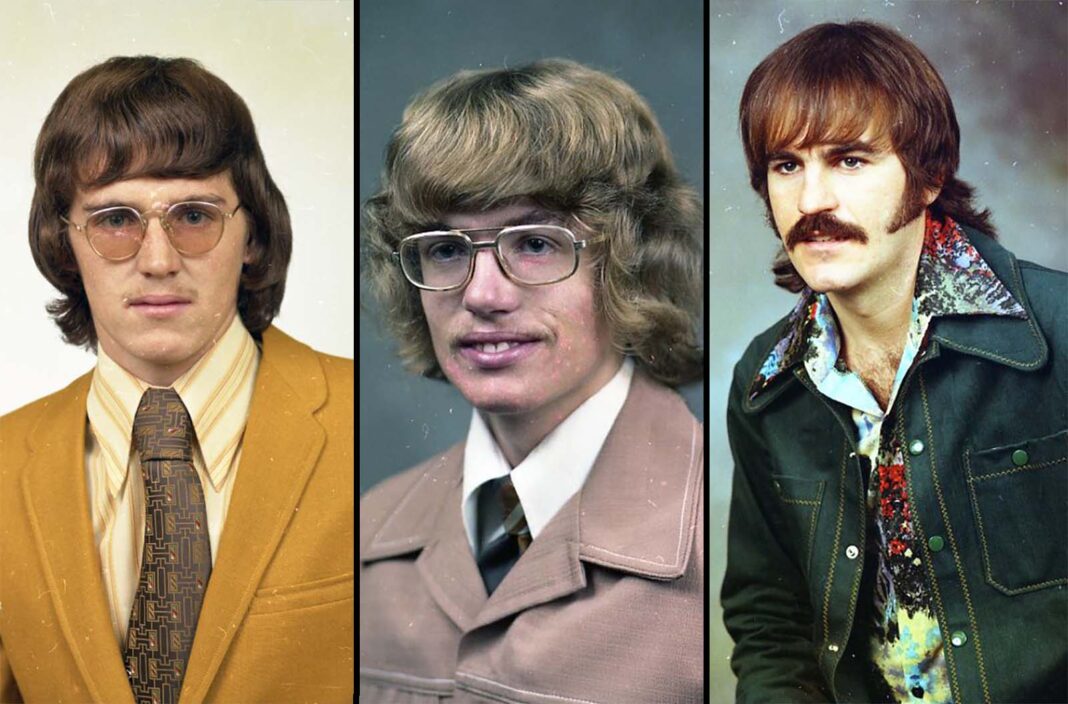Men’s hairstyles in the 1970s embraced a wide range of styles, from long, flowing hair to shorter, more structured cuts.
The shag, with its layered, tousled look, became a defining style of the decade, while the bowl cut offered a more uniform shape with its blunt fringe.
The afro, a powerful expression of natural texture and cultural identity, gained prominence among Black men, reflecting the era’s growing embrace of individuality.
The mullet also rose in popularity, featuring a distinctive contrast between short hair in the front and longer hair in the back.
Feathered styles, inspired by rock stars, added a soft, voluminous touch to men’s grooming, often achieved with careful layering and styling products.
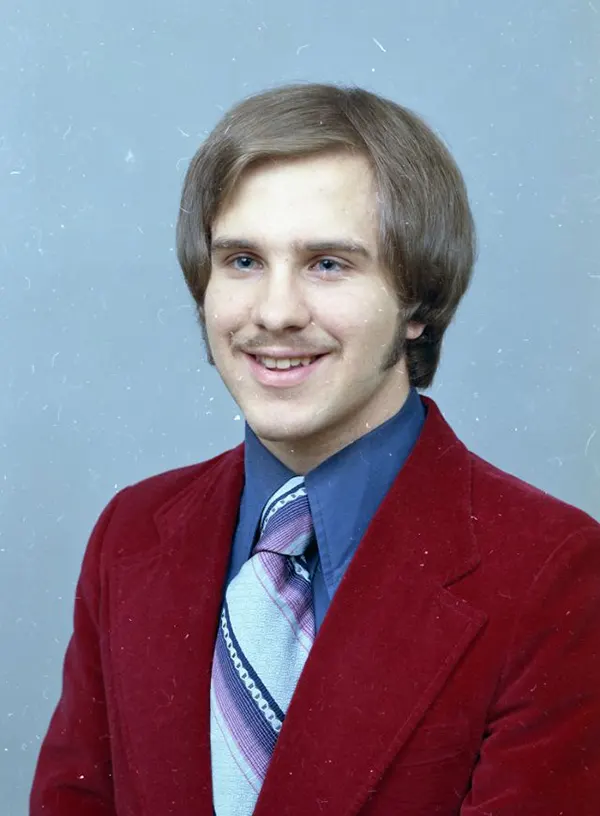 During this period, men’s hairstyling became more mainstream, with grooming products specifically marketed to them for the first time. Long hair on men became widely accepted, often serving as a statement of defiance or personal freedom.
During this period, men’s hairstyling became more mainstream, with grooming products specifically marketed to them for the first time. Long hair on men became widely accepted, often serving as a statement of defiance or personal freedom.
Influenced by the civil rights movement, Vietnam War protests, and a broader cultural shift, the 1970s encouraged men to explore more expressive and unconventional hairstyles.
Music icons like David Bowie and the rise of disco culture further shaped men’s hair trends, solidifying the decade as one of bold experimentation.
 The shag hairstyle for men became a symbol of breaking away from traditional grooming, embracing a more relaxed and expressive look.
The shag hairstyle for men became a symbol of breaking away from traditional grooming, embracing a more relaxed and expressive look.
David Cassidy, with his signature shag on The Partridge Family, inspired countless young men to adopt the unstructured, carefree style.
Roger Daltrey of The Who further cemented its association with rock-and-roll culture, embodying the era’s rebellious and free-spirited nature.
Paul McCartney’s adoption of the shag during his post-Beatles years reinforced its appeal, giving the look a bohemian, effortlessly cool edge that resonated with the young generation.
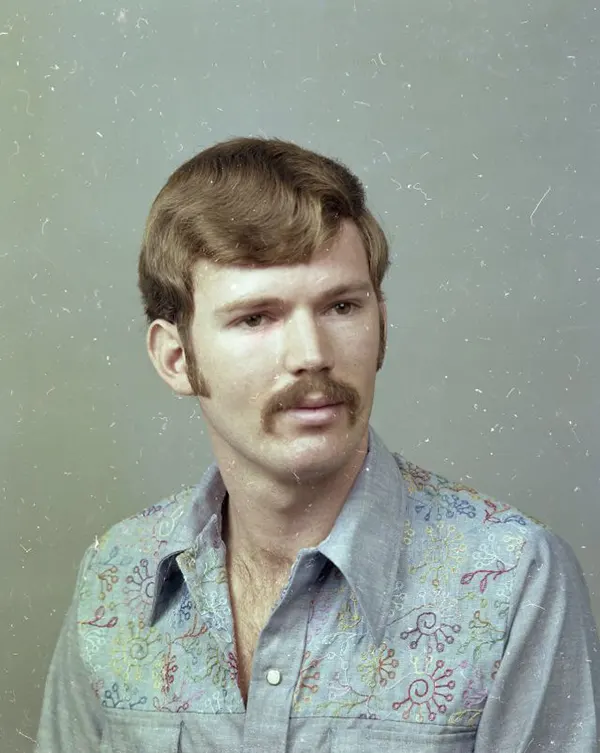 Beyond the shag, long hair in general became a defining feature of 1970s men’s style. Icons like Robert Plant, Mick Jagger, Björn Borg, Rex Smith, and Leif Garrett embraced flowing locks, helping to normalize the look and challenge traditional expectations of masculinity.
Beyond the shag, long hair in general became a defining feature of 1970s men’s style. Icons like Robert Plant, Mick Jagger, Björn Borg, Rex Smith, and Leif Garrett embraced flowing locks, helping to normalize the look and challenge traditional expectations of masculinity.
Their influence set a new standard in men’s grooming, where longer hair became not just acceptable but desirable.
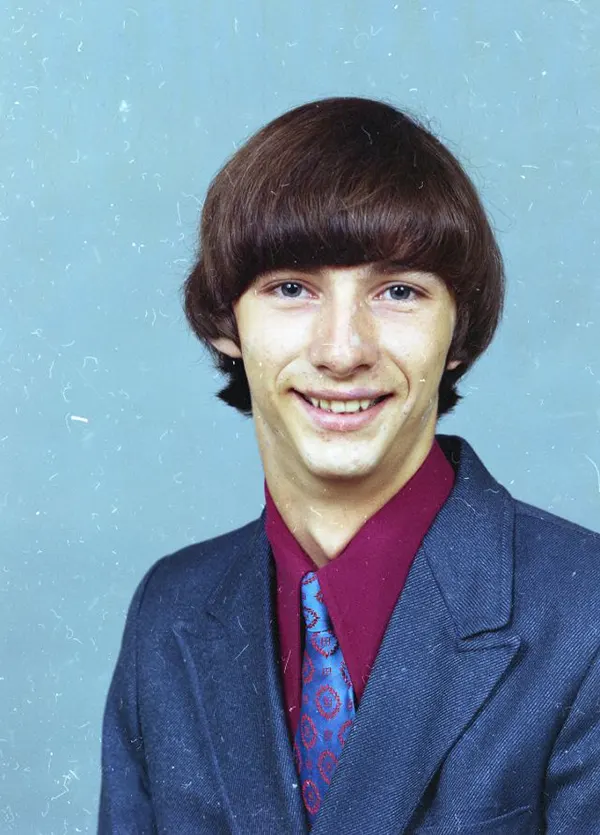 Another key trend of the decade was feathered hair, a style that captured the carefree energy of the 1970s.
Another key trend of the decade was feathered hair, a style that captured the carefree energy of the 1970s.
Characterized by layers swept back from the face to create a soft, feather-like effect, this look gained widespread popularity.
Hollywood icons such as Robert Redford and John Travolta became synonymous with the trend.
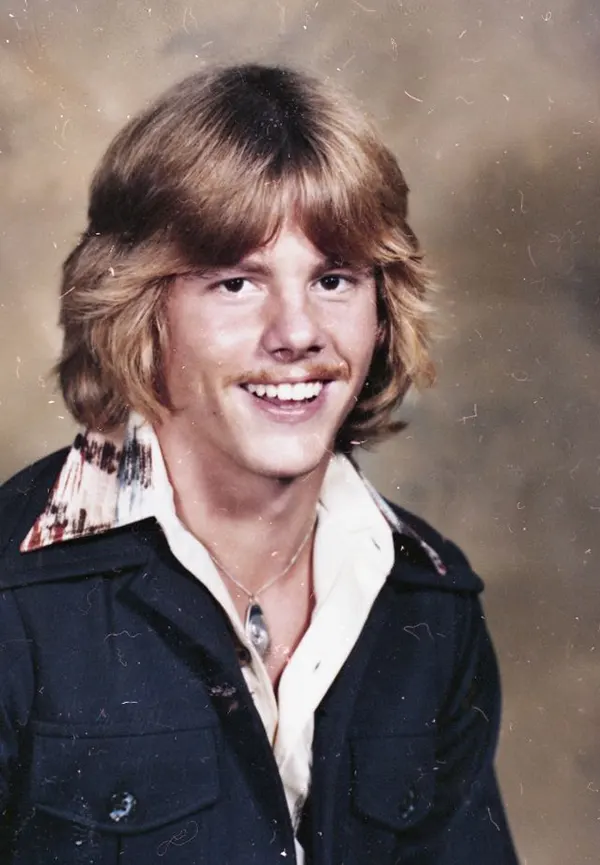
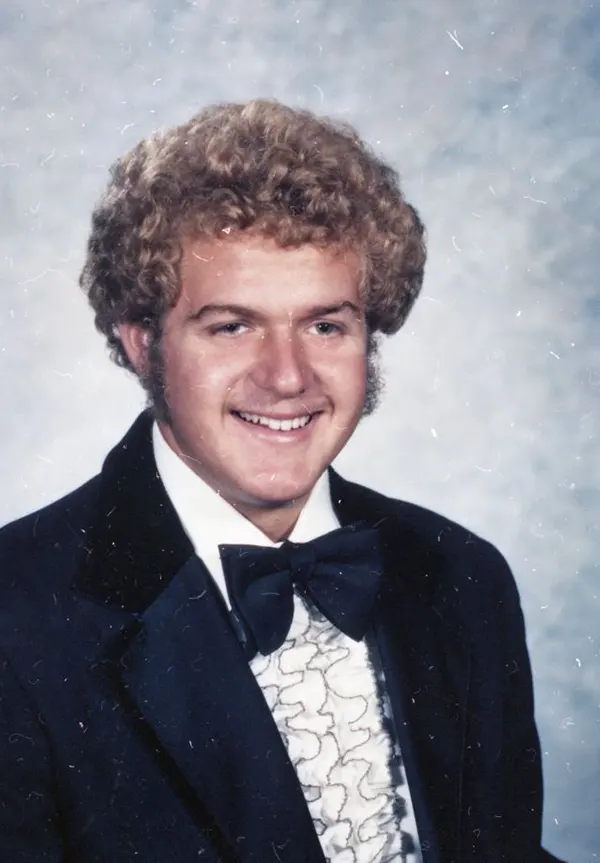
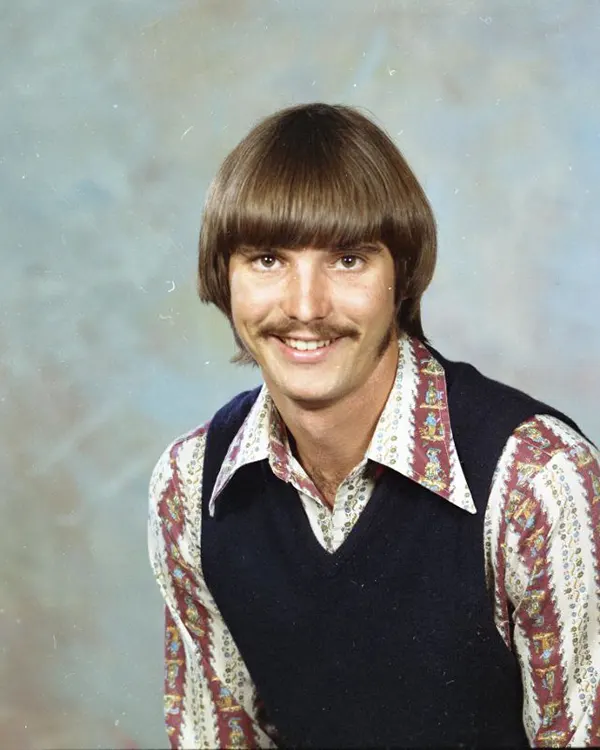
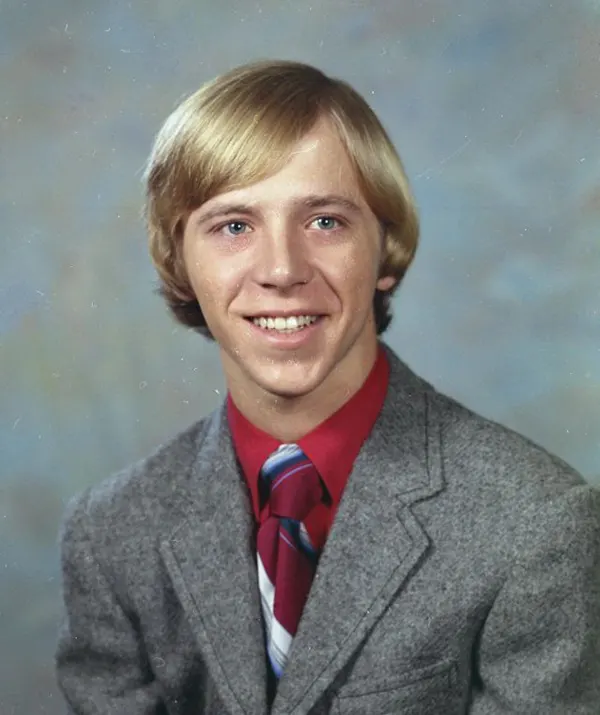
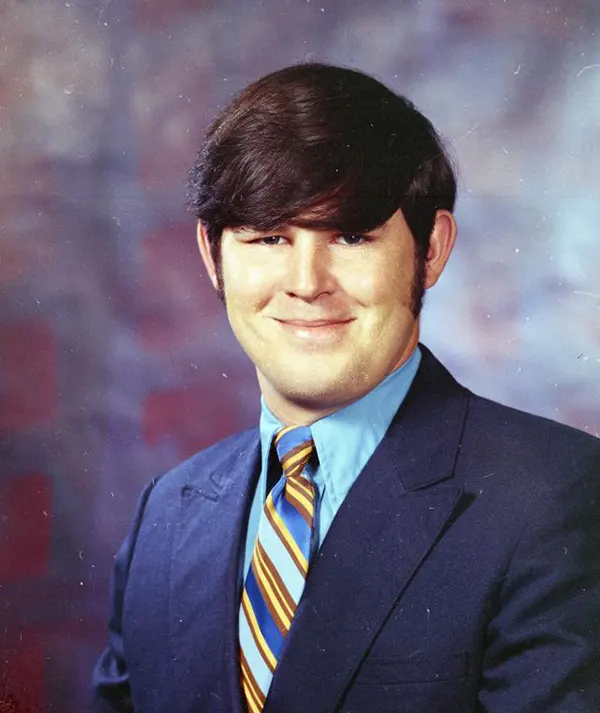
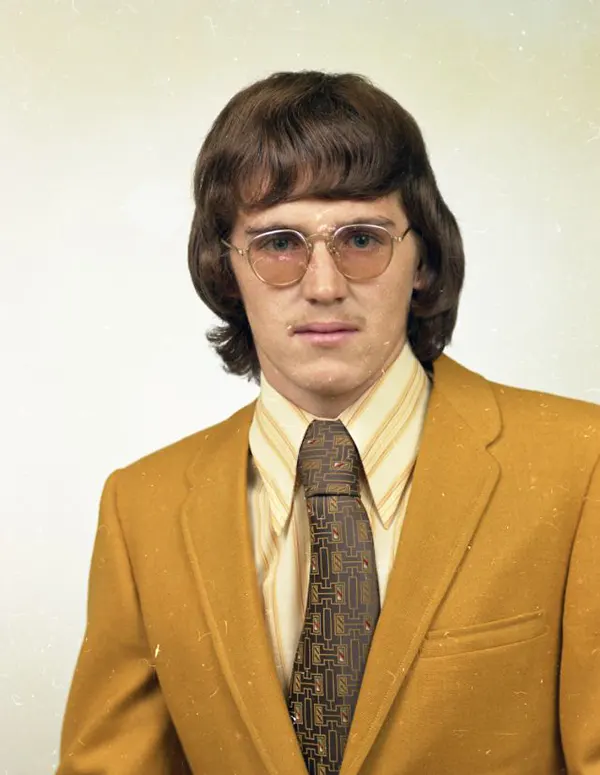
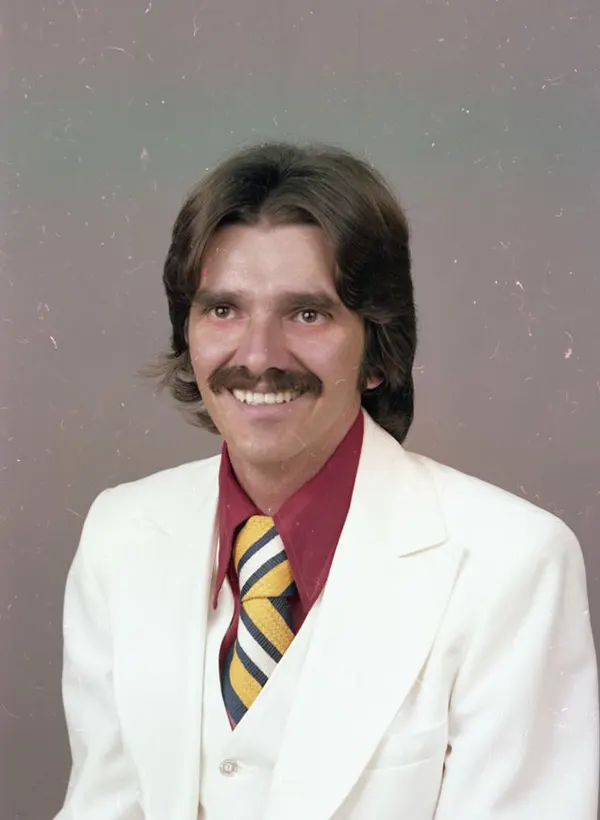
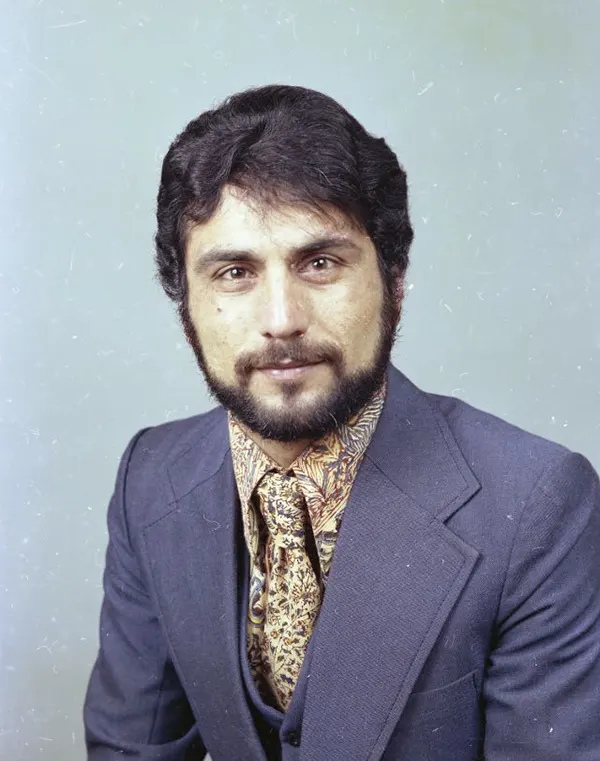
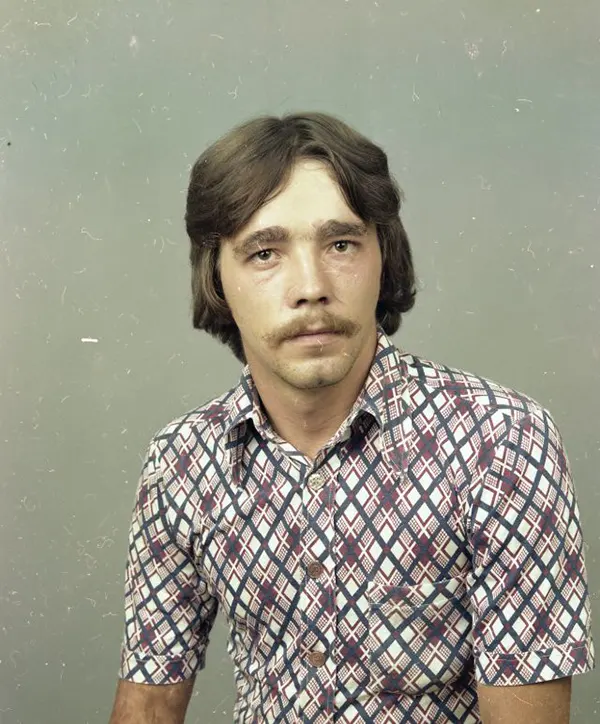
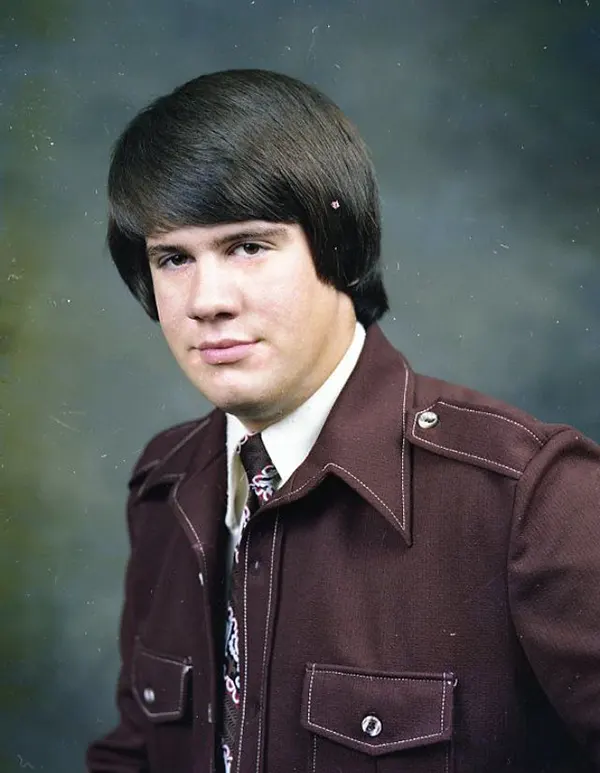
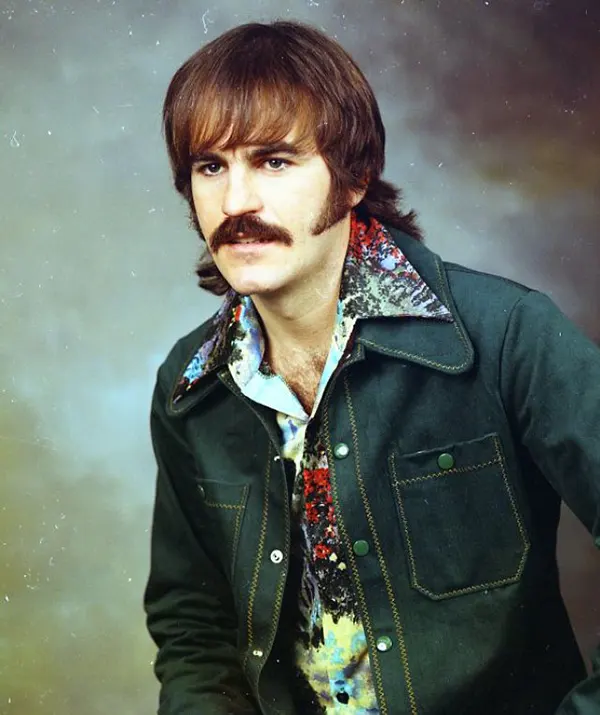
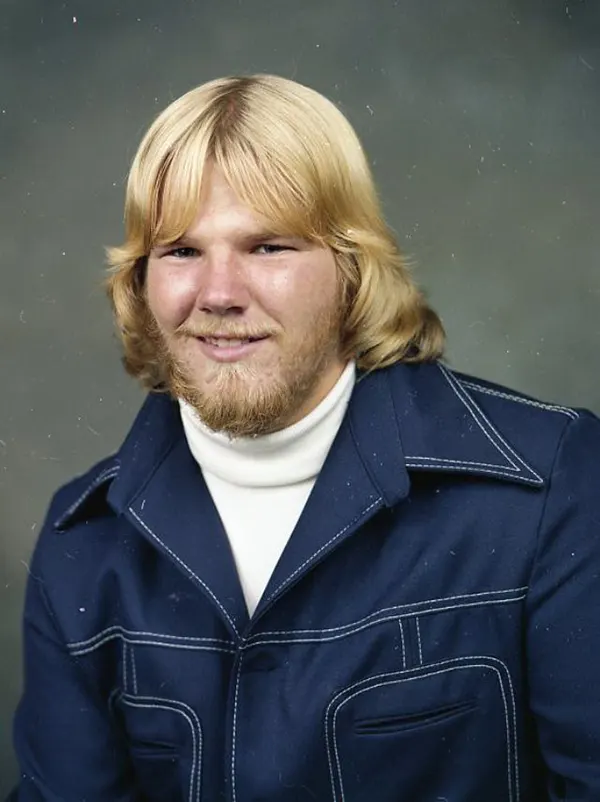
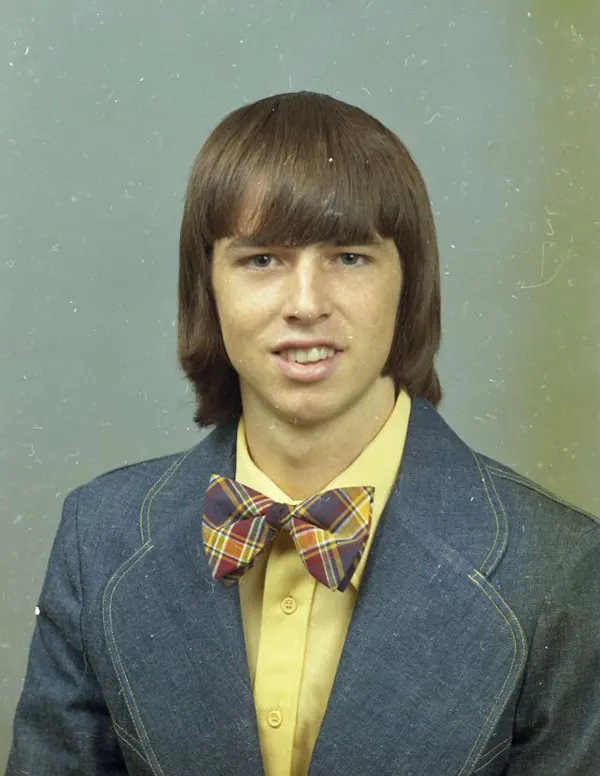
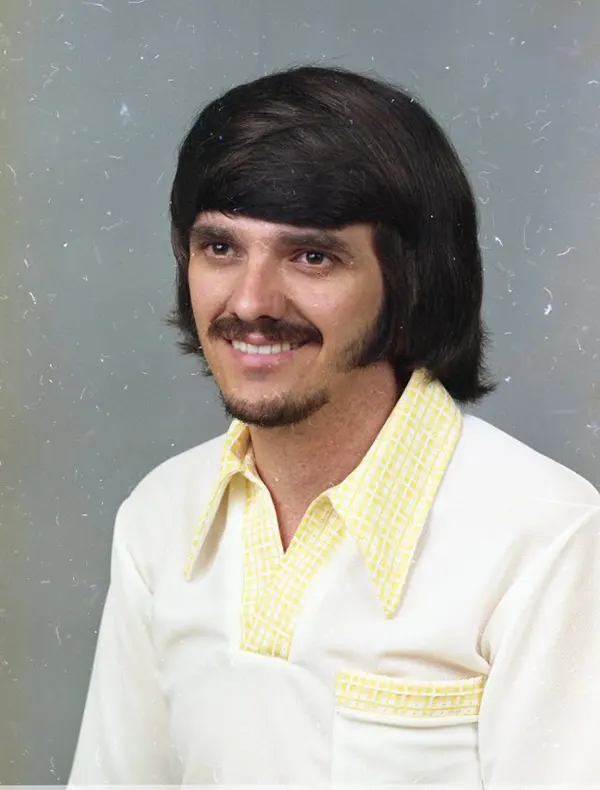
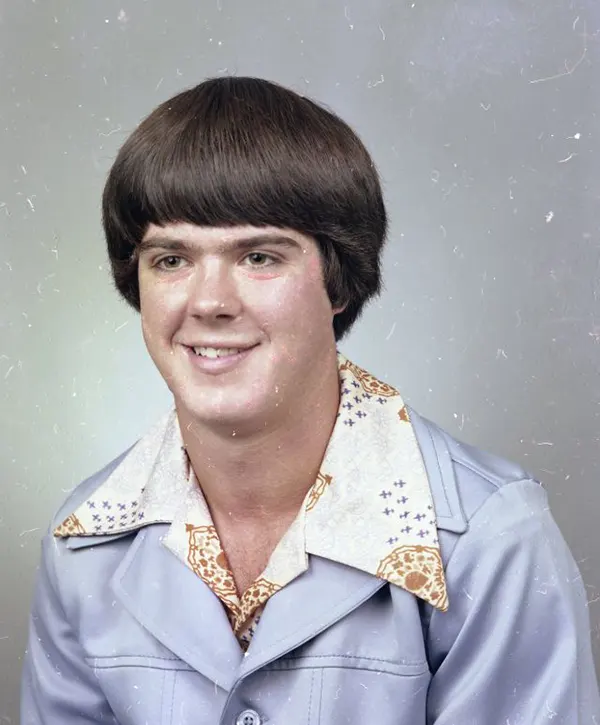
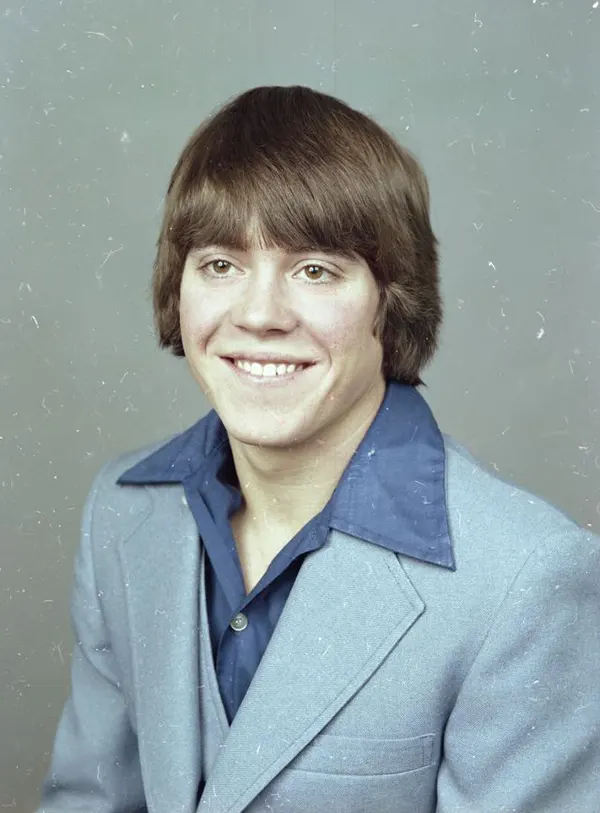
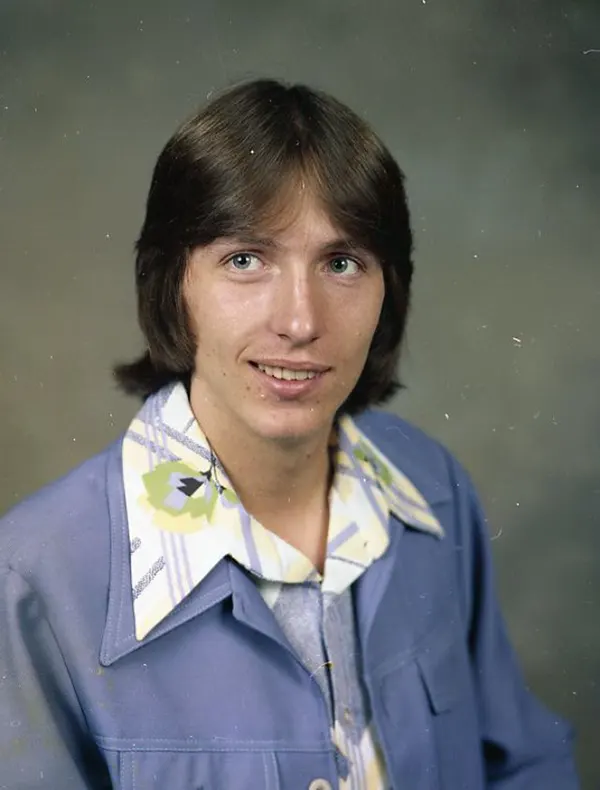
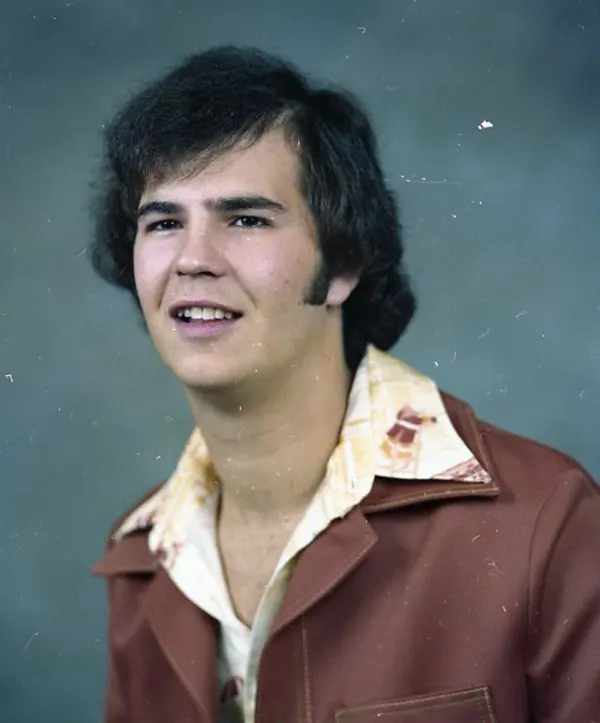
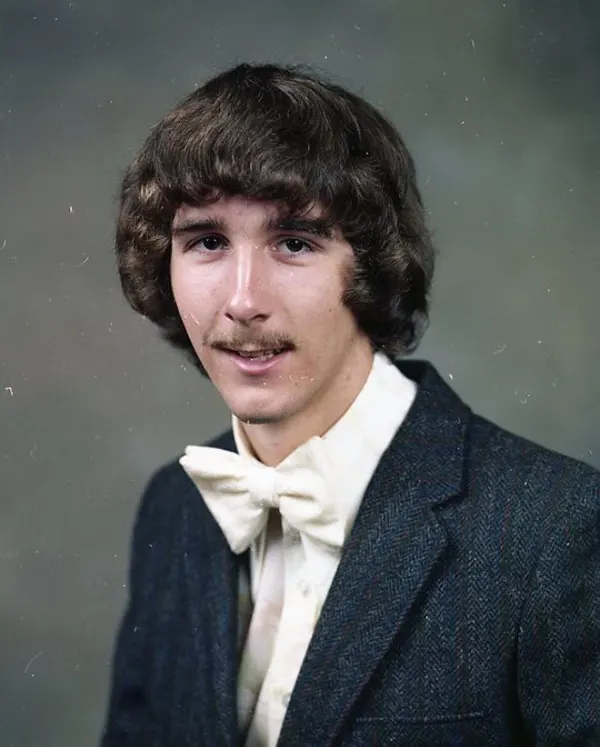

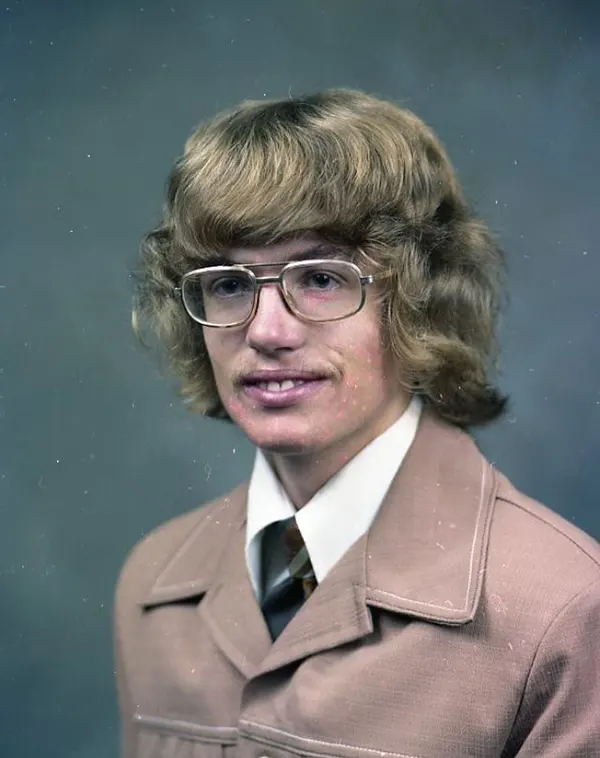

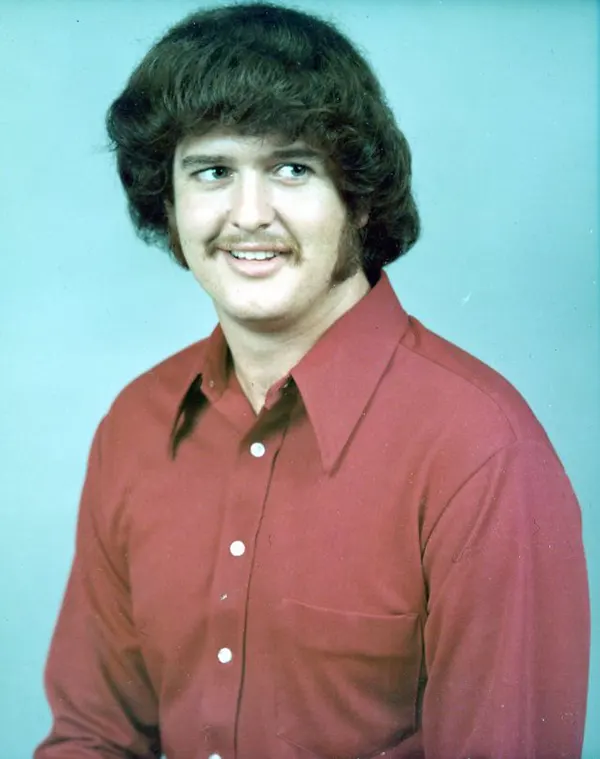
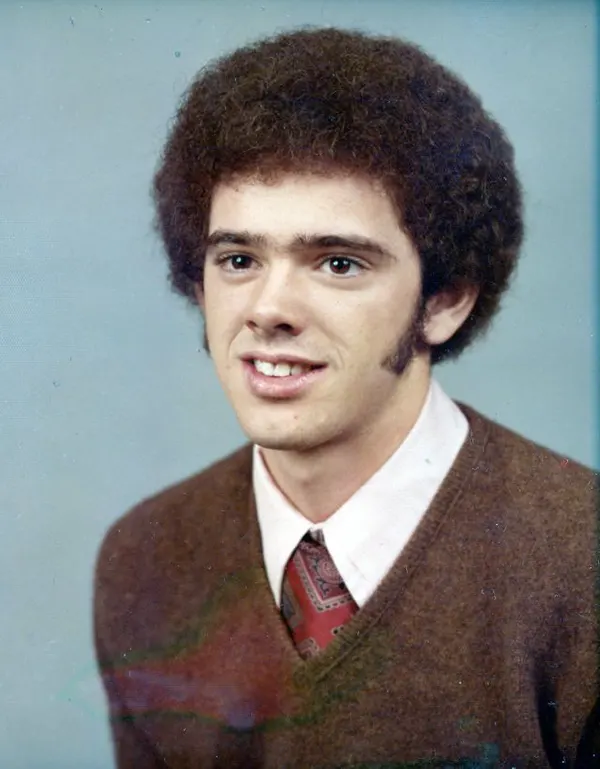
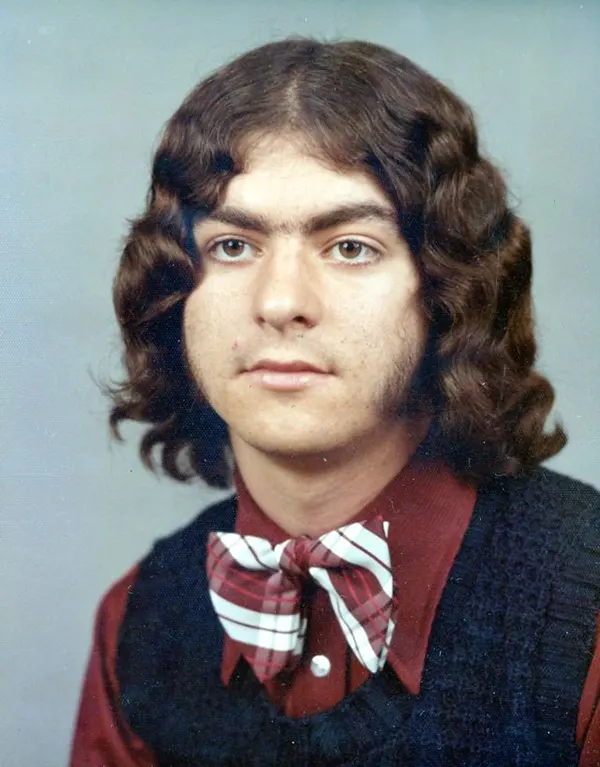
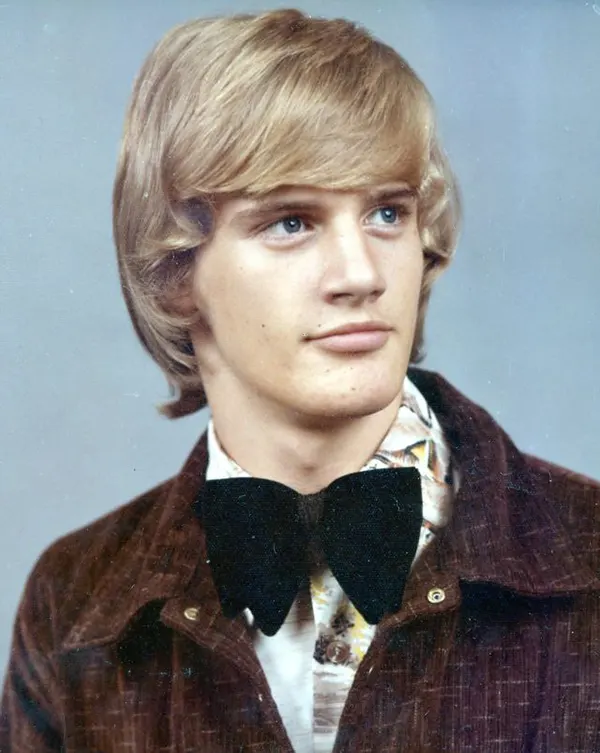
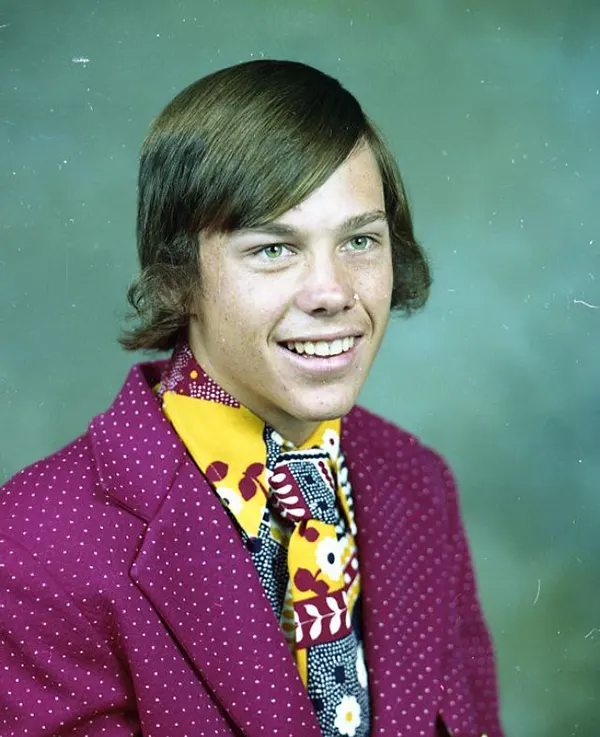
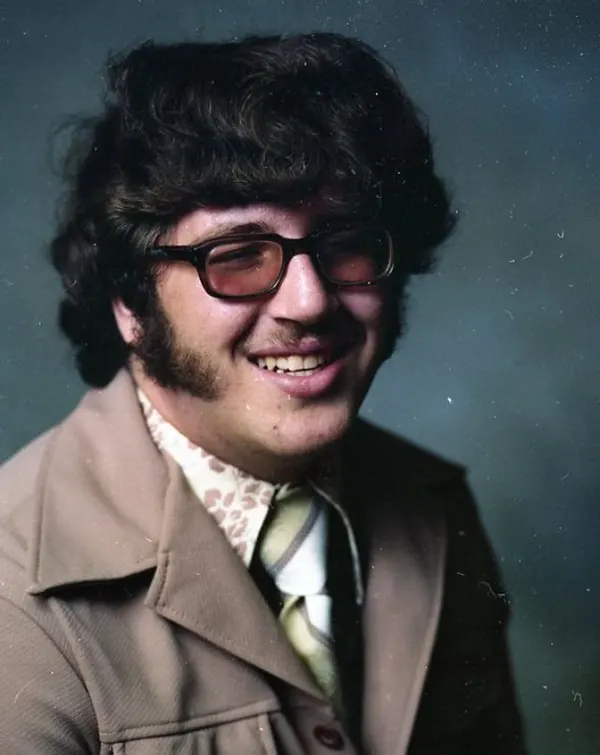
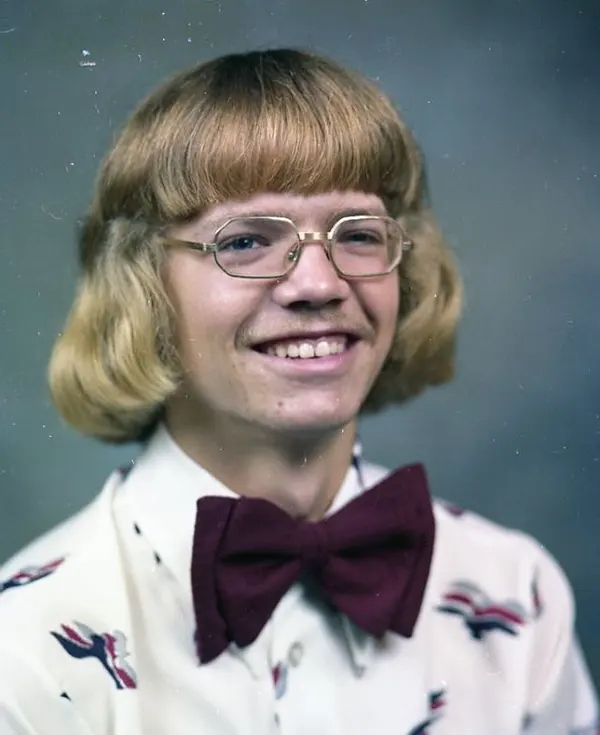
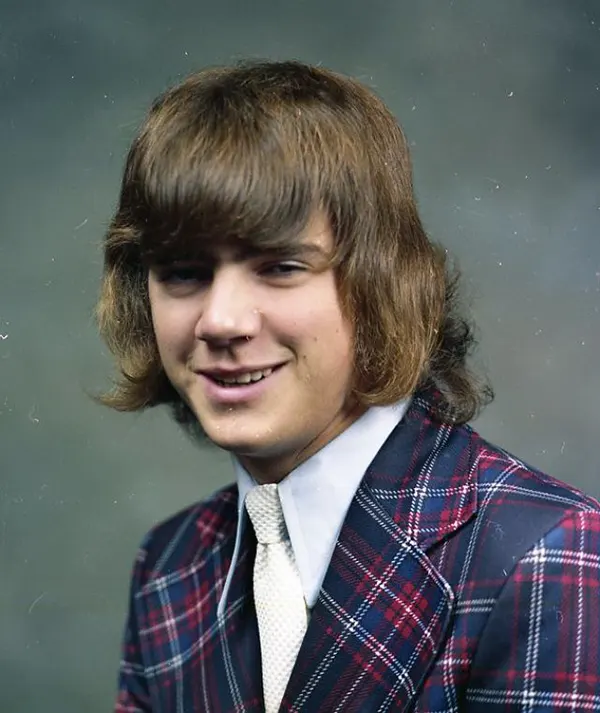
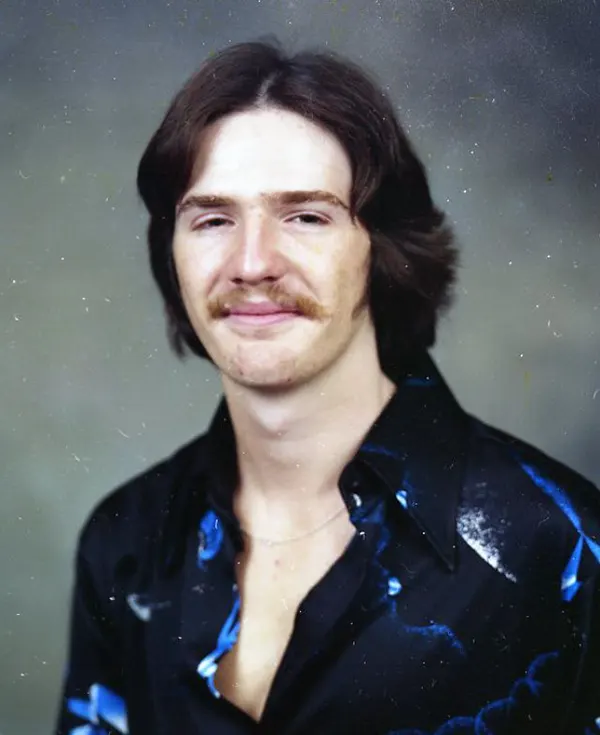
(Photo credit: Flickr / Pinterest).
